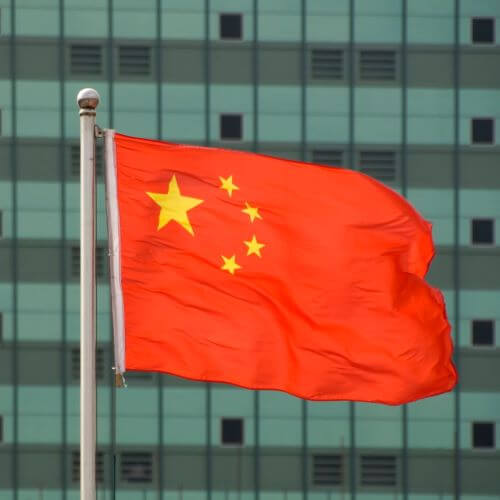
6G is still a long way away, but China is getting ready for it.
Earlier this week, the government nominated 6G as one of its priority projects for 2023. In its annual start-of-year work conference, meanwhile, the Ministry for Industry and IT said it aims to push forward in "comprehensive" development of 6G this year.
Besides commitments made by the ministry in other areas such as new aircraft and industrial revitalization, officials in the ICT field are also aiming to speed up the rollout of 5G and optical networks, further grow 5G private networking and to work on the industrial Internet and data security.
Figure 1:  China is taking steps to prepare for 6G's arrival.
China is taking steps to prepare for 6G's arrival.
(Source: Alan Novelli/Alamy Stock Photo)
None of these is very surprising, but it does confirm 6G as a focus area for the telecom and tech sector, which is heavily influenced by government priorities.
This follows other recent developments that throw a little light on China's progress and its thinking about 6G.
At the end of last year China Telecom issued a white paper setting out its vision for 6G. Written by the China Telecom Research Institute, the paper proposes a distributed and intelligent programmable RAN (P-RAN) network architecture and what it calls a "three-layer and four-sided" framework.
Device-to-device
Interestingly, the white paper also reasons that because of the cost of building out the dense mmWave or terahertz-band networks, it will be essential to provide device-to-device connectivity.
Six months ago, heavyweight China Mobile issued its own 6G ideas, calling for "three bodies, four layers and five sides."
China's other 6G news is a call for proposals on potential key technologies from the national coordinating body, the IMT-2030 6G Promotion Group. According to an English-language statement posted by CAICT, the main objectives are "to inspire university-academy-industry-association entities for technology innovations, gather and form a rich reserve of 6G potential key technologies, and support 6G research, standardization, and industrial R&D."
Non-Chinese universities and research organizations are welcome to apply ahead of the deadline in November 2023. The proposed solutions should have "application and promotion value for 6G innovation and development," and the key technical indicators should be capable of being evaluated and verified, the statement said.
Related posts:
— Robert Clark, Contributing Editor, special to Light Reading
Read more about:
AsiaAbout the Author(s)
You May Also Like












